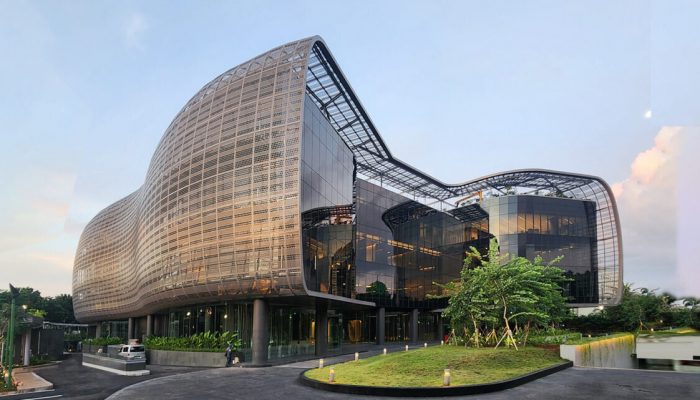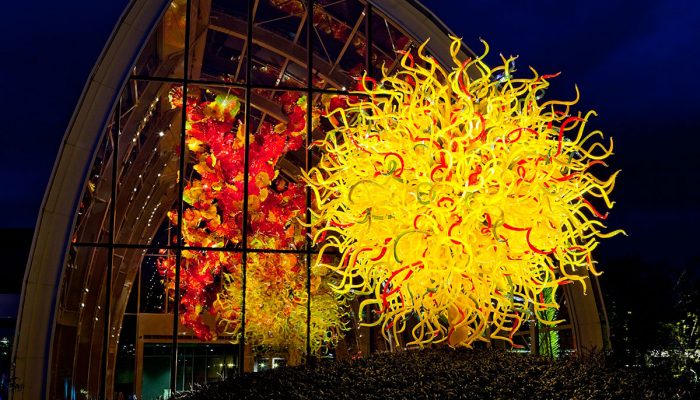Talking about art and its various branches cannot be separated from sculpture. As one of the oldest branches of fine art in the world, sculpture has been a silent witness to humanity's journey for thousands of years. Various stories, cultures, and visions of artists from time to time are immortalized through sculptures formed from various types of materials. Among the most legendary are Michelangelo's David de Michelangelo, Christ the Redeemer, Venus de Milo, Liberty, The Little Mermaid, and the statues of the four Presidents of the United States on Mount Rushmore.
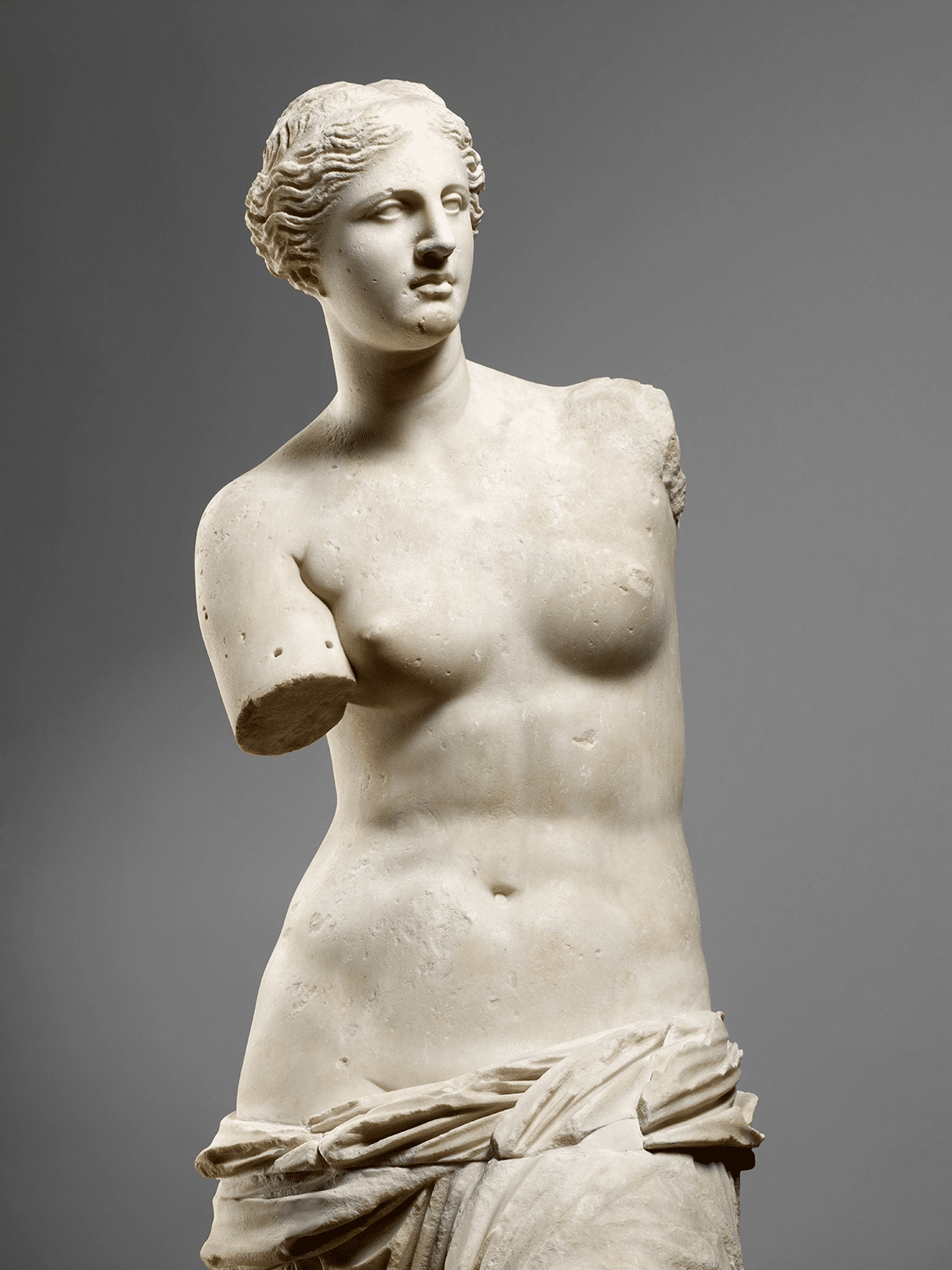
Venus de Milo statue by Alexandros of Antioch
Source: www.louvre.fr. Photography: Thierry Ollivier
In English, art sculpture also called sculpture which comes from the word "sculptura". It is to cut, sculpt, or split in Latin. Sculpture itself is three-dimensional or can be defined as 'objects with volume'. Thus, sculpture is classified as a type of artwork that can be enjoyed from various angles.
The historical significance of sculpture is deeply ingrained in today's cultural landscape. In fact, some of them have become symbols of civilization and rich windows of inspiration for art practitioners and activists. Their development has been amazing and varied.
Sculpture is so vast that it can take years to learn. If you're just dipping your toes in the water and haven't yet enrolled at your favorite art university to learn more about sculpture, we've narrowed it down to the basics. From the functions, formats, and techniques used in making sculpture, here's a quick overview!
Function of Sculpture
Looking at the outline, the function in art statues are divided into three:
1. Personal Function
Personalized sculptures are made for personal use only. The purpose is as a form of expression of feelings, creativity, and ideas. Therefore, there are many creations of religious sculptures made for worship and religious purposes. One example is the statues from the Hindu and Buddhist kingdoms that were made to honor the gods. The spirituality in sculpture is rooted in the concept of animism in prehistoric times. It is the belief in objects that are considered to have a spirit.
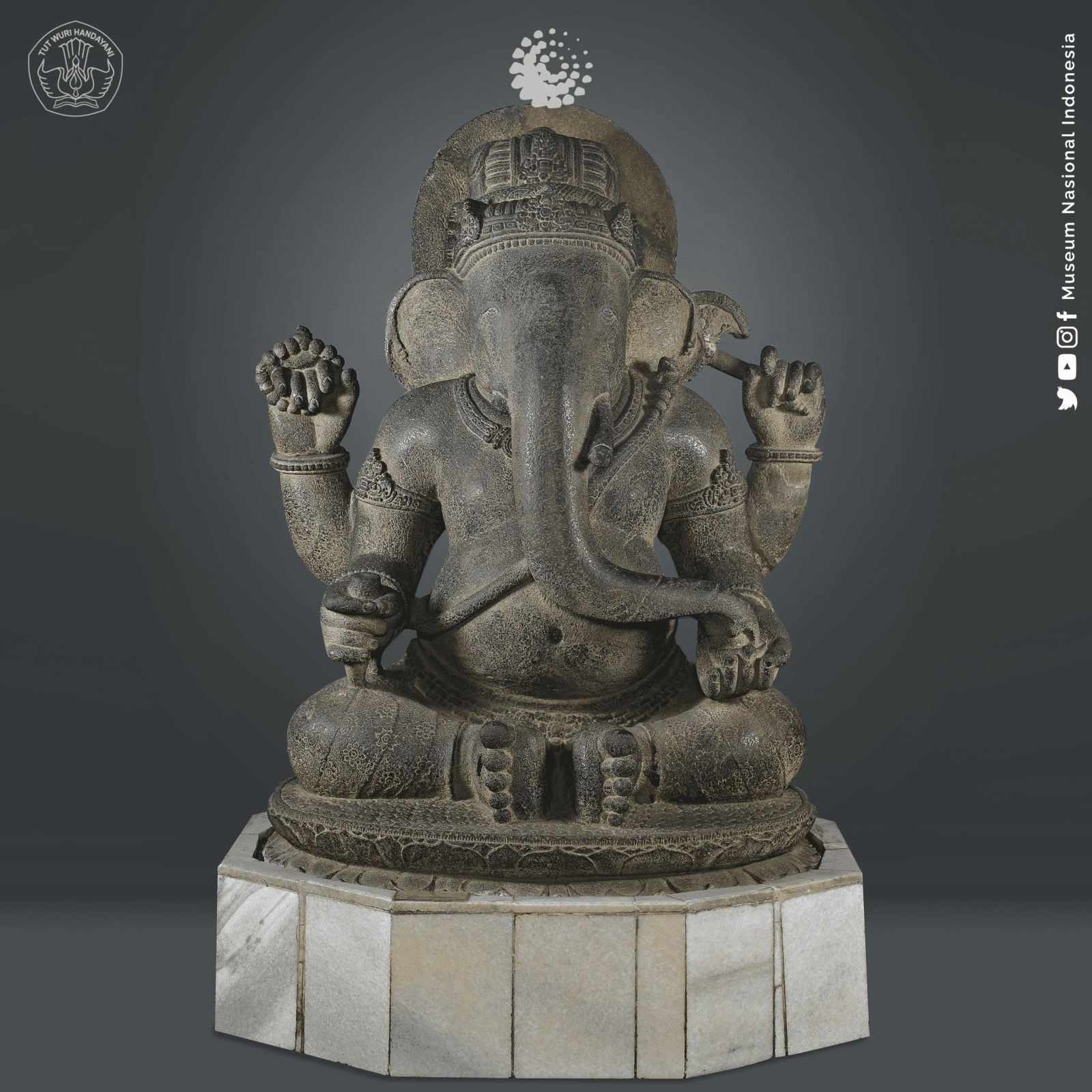
Banon Temple Ganesha Statue
Source: www.museumnasional.or.id
2. Social Function
As a social function, statues serve to commemorate historical events or remember the services of great heroes for a country. Some examples of statues that are considered as monuments are the Pancoran Statue, the Selamat Datang Statue, and the G30S PKI Monument. Indeed, the presence of a statue as a monument can strengthen the relationship of a community and spark discussion for anyone who sees it. In addition, monuments can also function as landmark that solidifies the identity of a location.

Welcome Monument, Jakarta by Edhi Sunarso and Trubus Sudarsono
Source: www.gni.kemdikbud.go.id
3. Physical Function
Sculpture as a physical function highlights the aesthetic value to be shown to enjoy its beauty. Similar to the personal function, the physical function of sculpture is also a platform of creativity for the artist. The most prominent examples of the physical function of sculpture can be found as decorations, such as in parks, building decorations, building construction, and other public areas.
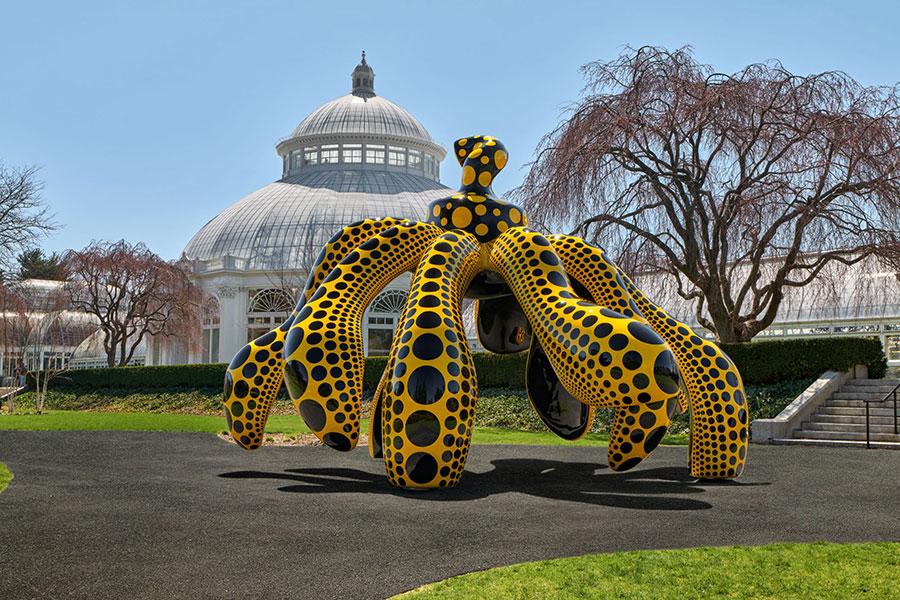
Pumpkin installation by Yayoi Kusama
Source: www.frieze.com
Types of Sculpture Forms
From its shape, there are two types of statues that you need to know:
1. Imitative Form (Representative/Realism)
As the name implies, imitative forms in sculpture are interpretations that adapt the form of another object. Generally, the forms of living creatures-such as humans, animals and plants-are the most commonly adapted and referenced objects. The manifestations are diverse. They range from physical form, anatomy, harmony of proportion, to unity of form. Among the prominent artists known for their imitative sculptural works are Hendro Djasmoro, Trubus Soedarsono, Saptoto, and Edhi Sunarso.
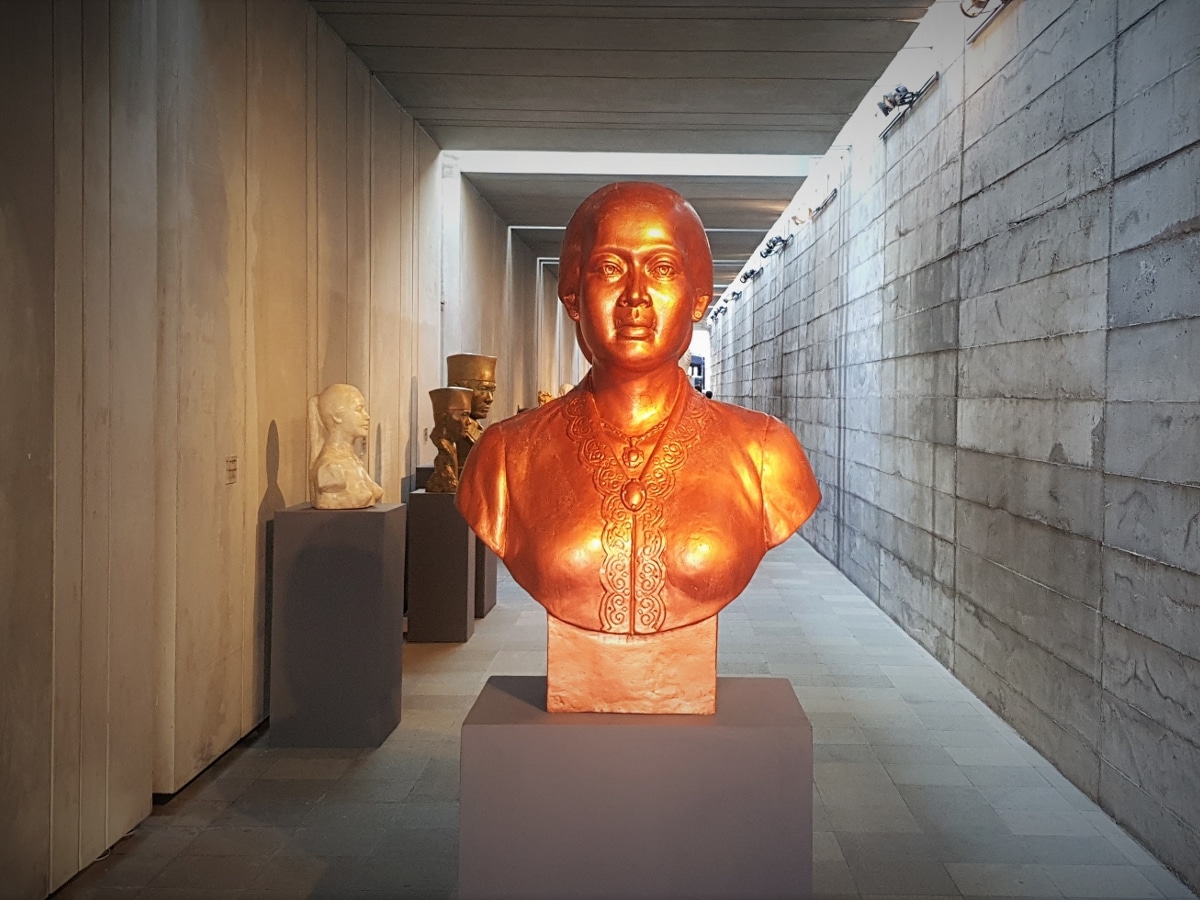
R.A. Kartini statue, at the exhibition Celebrating Indonesian Portraiture (2018)
Source: www.indonesiakaya.com
2. Non Figurative (Abstract) Form
As the name implies, non-figurative or abstract sculptures exhibit unusual forms. Its creation involves the marriage of three-dimensional (or three-dimensional) elements with various geometric philosophies of line, plane and space.
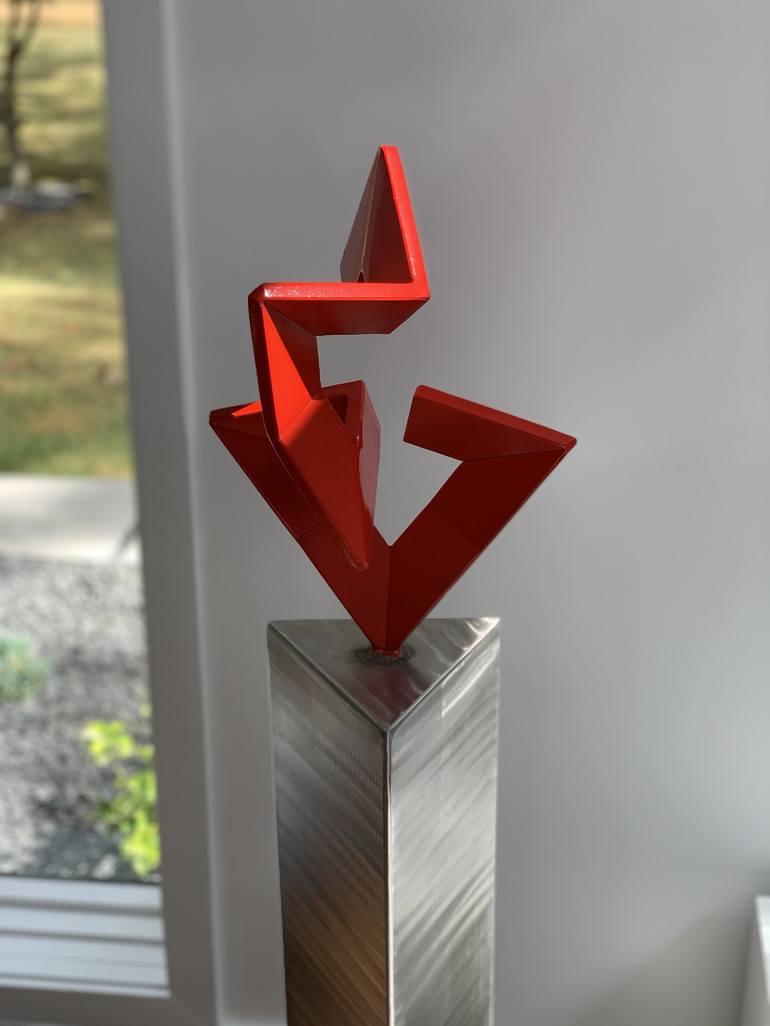
Jubilee Sculpture by Vadim Kharchenko
Source: www.saatchiart.com
Techniques in Sculpture
In the process, sculpture has four manufacturing techniques that are commonly used. Here's a brief explanation of each technique:
1. Chiseling Technique
A method of reducing materials using a chisel. An example is making a sculpture with reliefs made of wood and stone. The medium used to create these materials are chisels and hammers.
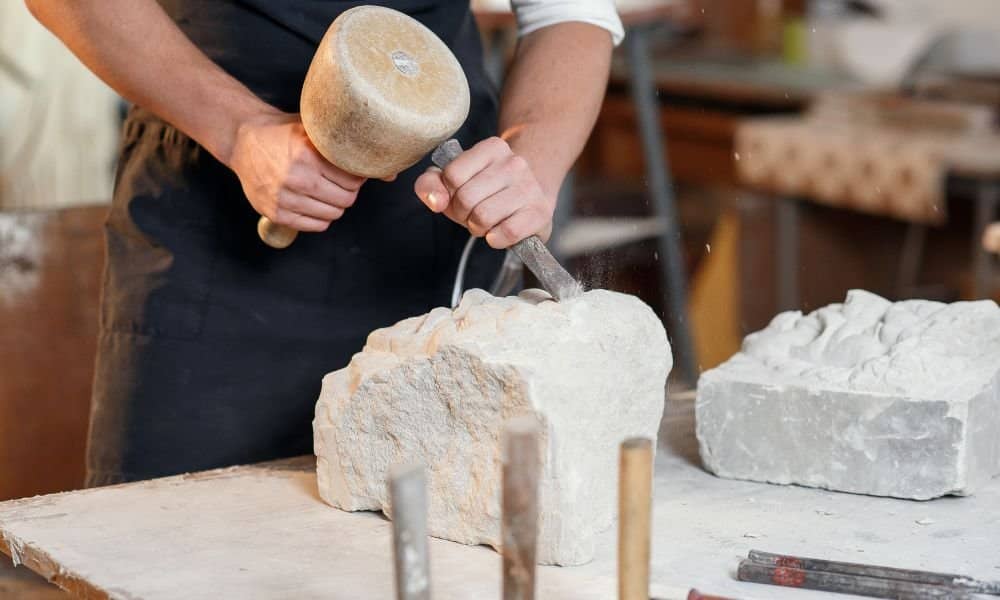
Source: www.jessenusbaum.com
2. Molding Technique
Sculpture with molding technique includes the process of molding or pre-mold processing using various types of materials and alloys. Examples are clay and cement.
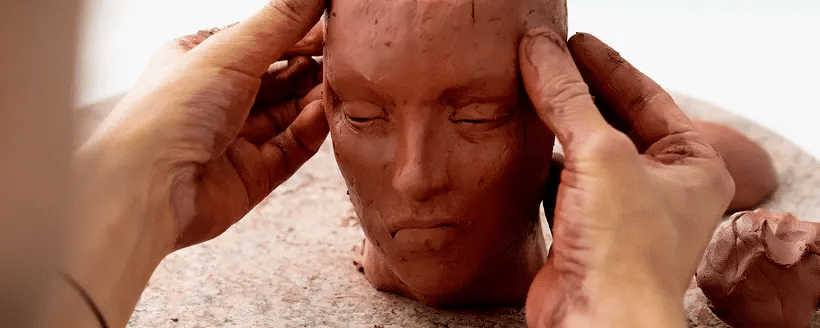
Source: www.domestika.org
3. Cast Technique
Not much different from the molding technique, the cast technique in sculpture also involves molding instruments. This is done by pouring hot cement or plaster mixture into a mold to get the desired shape. Furthermore, the final result will go through a process of finish to evolve its appearance.
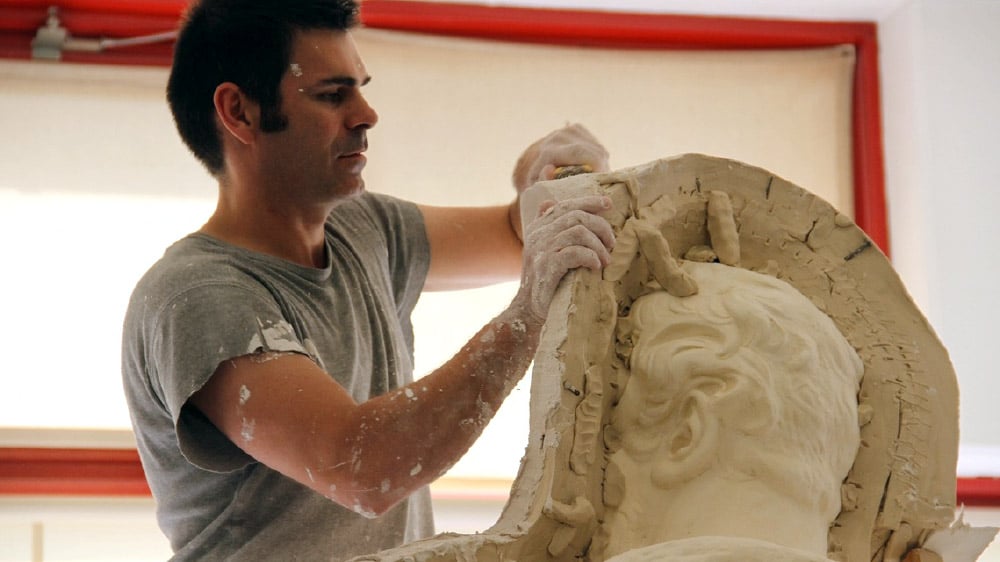
Source: www.ateliersartmuseesnationaux.fr
4. Assembling Technique
Engineering assembling is done by bringing together a number of compositions from various solid materials. These range from iron, metal, copper, precious stones, to wood, paper and textiles.

Source: www.theartstory.org
Here's the lowdown on sculpture making. Have you been challenged to learn more about it? According to the written word, you can start nurturing your curiosity by visiting an art museum or one of the locations where monumental sculptures are located that we mentioned in this article!

